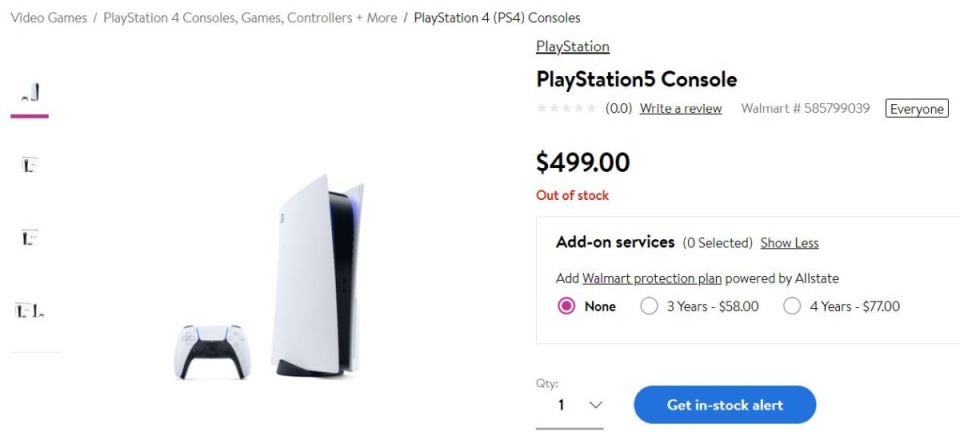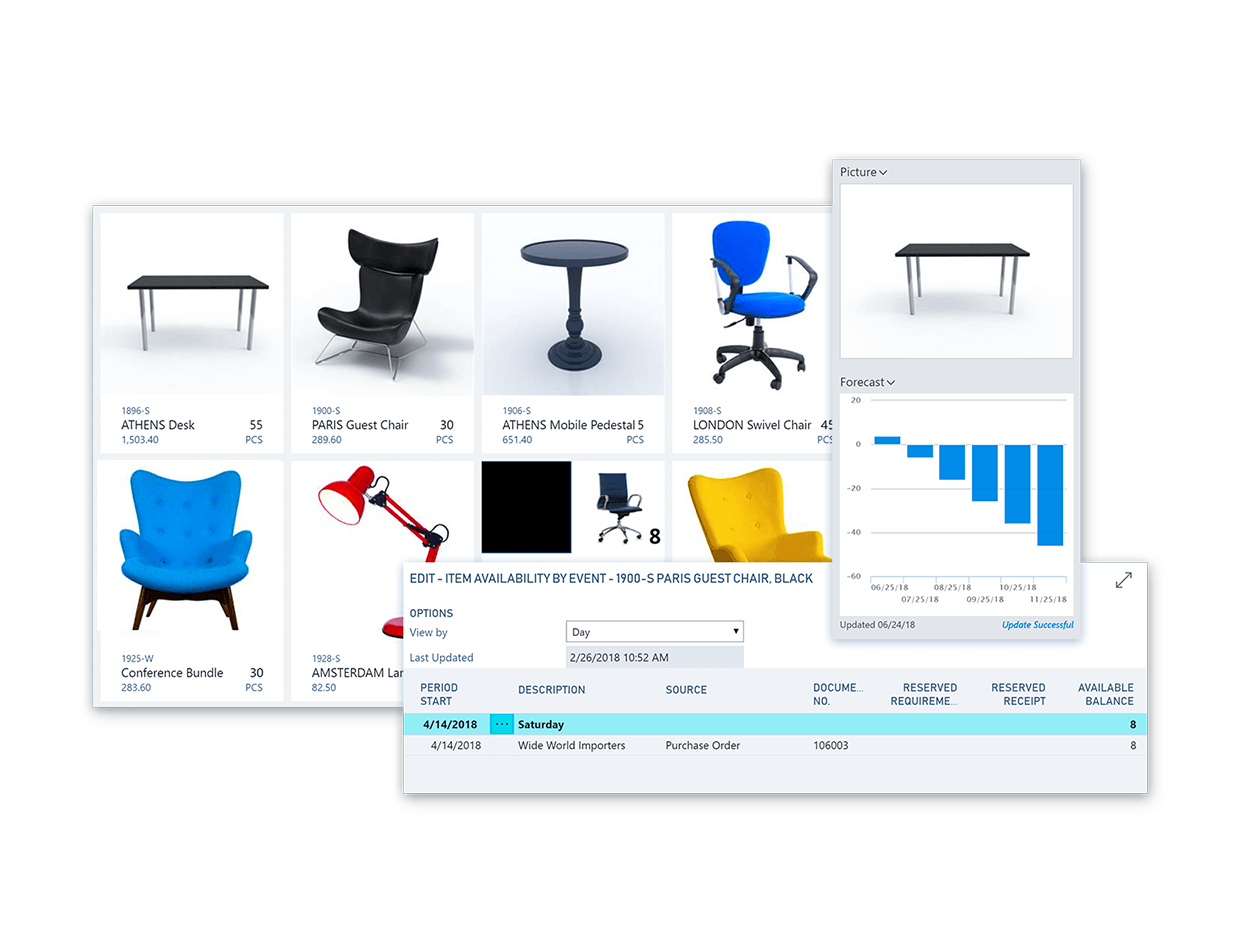As the e-commerce world expands, sales opportunities are now everywhere. Yet, sales opportunities can feel like they’re constantly slipping through your fingers.
The two main reasons for this?
- Increased customer expectations
- Mishandling of stock-out situations
Losing out on sales opportunities should not be a common occurrence for retail businesses. The most common reason why retail businesses face this problem is due to them underestimating the importance of proper supply chain management.
When grappling with lost sales, then, retailers should ask themselves whether they’ve invested into improving their supply chain management processes, especially through the implementation of business management software.
In this blog post, we will cover how digitalising your supply chain can help address the main reasons for lost sales. We will also explain why taking the first step to doing so will help you close more sales opportunities your way.
Problem: Increased Customer Expectations
Solution: Adopting An Omni-Channel Retail Strategy

As customers enjoy more choices than ever before, expectations of customer service have risen significantly. An online retail business brings with it the demand of 24/7 customer service for customers in different time zones.
Limited or time-based sales bring customer requests for real-time insight into product availability. Comparing prices have also become a popular activity, and consumers are adept at comparing prices across brick-and-mortar and online stores for the best bargains.
To avoid losing out on sales opportunities, retailers will therefore need to focus on providing a seamless customer experience across both brick-and-mortar and online stores.
This calls for an omni-channel retail strategy, which needs to be supported by a nimble and responsive supply chain that can deliver products to where it is needed at a moment’s notice.
By integrating the data onto a single platform (such as an ERP software), you can eliminate data silos and establish a single source of truth into your supply chain. This is indispensable for enabling an omni-channel retail strategy, as it ensures you can access accurate, real-time information about the movement of your products through your supply chain.
It also means you can answer your customers’ enquiries about the availability of your products upon demand, giving them the confidence that your business will be able to fulfil their orders within the pre-determined delivery dates.
By building customers’ confidence in your business, you’ll be able to better capitalise on sales opportunities, as well as increase the probability of making repeat sales from returning customers.
Problem: Mishandling Of Stock-Out Situations
Solution: Increasing Automation And Visibility

The highly anticipated pre-order PS5 was out of stock within hours of going live. Source: Engadget
One of the biggest issues that consumers face is the ‘out-of-stock’ message. This is often not accompanied by an estimated restock date. The end result? Customers turn to alternatives for good.
There are several possible reasons for stock-outs, but retailers don’t have to resign themselves to losing sales because of them. Most of these issues such as disparities in inventory, inadequate forecasting, delivery and logistics issues can be resolved by leveraging Supply Chain 4.0 technologies.
That’s because such technologies can provide real-time visibility into back-end processes, allowing for more accurate delivery and logistics data.
For example, automating data entry helps to reduce human error. The replenishment of products that are running low on stock can also be automated, which helps to ensure that you'll never hit a stock-out of said product in your inventory.
Implementing AI and ML capabilities improves the accuracy of customer preference predictions, reducing the probability of forecasting error. Better forecasting can be combined with predictive technology to capitalise on sales opportunities.
And with a single source of truth in your back-end processes, you can analyse internal data and external trends to identify sales opportunities for retailers like yourself. This helps your business retain customers instead of losing them to competitors.
What Kind Of Solution Do You Need For Your Supply Chain?

Overview of Microsoft Dynamics 365 Business Central
As we established previously, one of the most effective way of avoiding lost sales is to digitalise your supply chain so as to break down data silos and achieve a single source of truth. However, what sort of solution do you actually need in order to achieve full visibility into your supply chain?
The answer is a digital solution that provides a comprehensive set of supply chain management features and functionalities, designed to automate key supply chain processes and consolidate all data generated into a single platform.
For an example of how this works in practice, Old Chang Kee implemented Microsoft Dynamics 365 Business Central to automate key supply chain processes such as warehouse routing and picking, inventory management, and eliminating duplicate data entry in the procurement process.
This helped the F&B retailer achieve up to 50% time savings in their logistics, and significantly reduced the overtime that their staff previously had to put in to carry out these processes manually.
Plugging The Gaps In Supply Chain Processes With The Right Solution
All retailers need to manage rising customer expectations to stay in business. To do this, there is a need to reduce issues such as stock-outs and inconsistent pricing across platforms.
Digitalising your supply chain to eliminate data silos and acquiring a single source of truth is one of the most direct ways to reduce the percentage of lost sales opportunities. It can also help plug the gaps that caused the lost opportunities in the first place.
With the right solution, you can open up new opportunities in areas such as mass customisation of products and last-mile delivery. But what sort of solution is most suited for implementation in your supply chain?
Let us recommend one for you. Click the banner below to find a four-step formula that will guide you in your efforts to build a winning supply chain.




